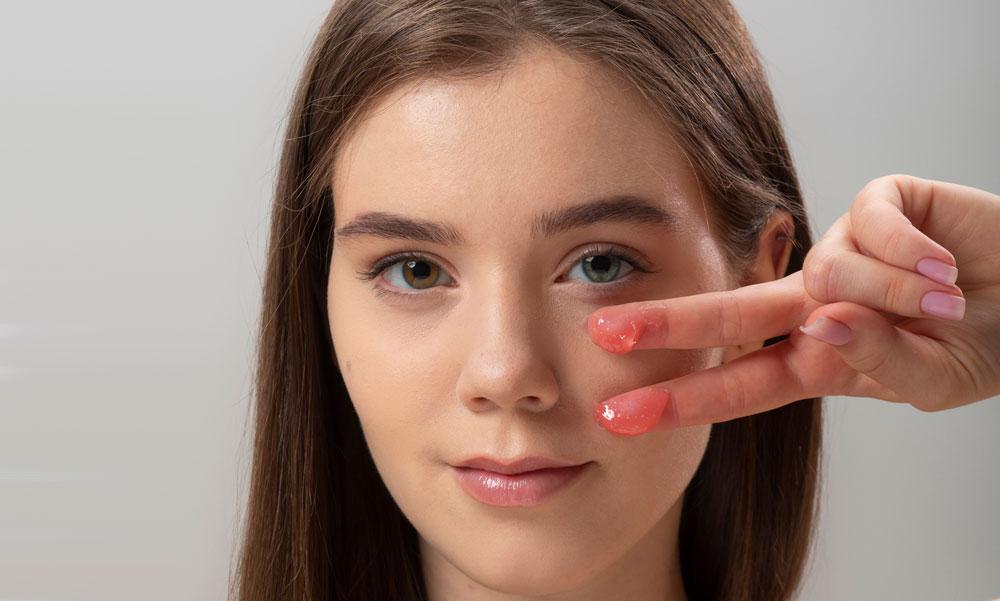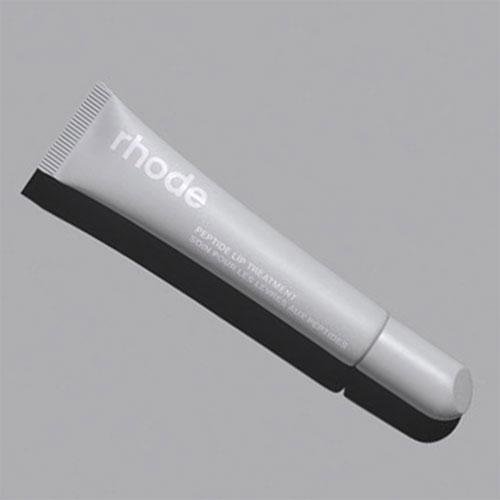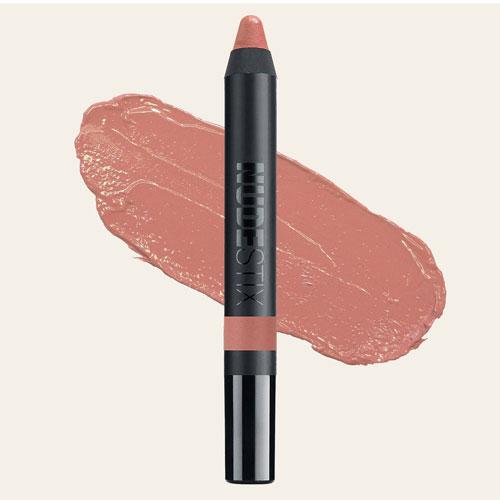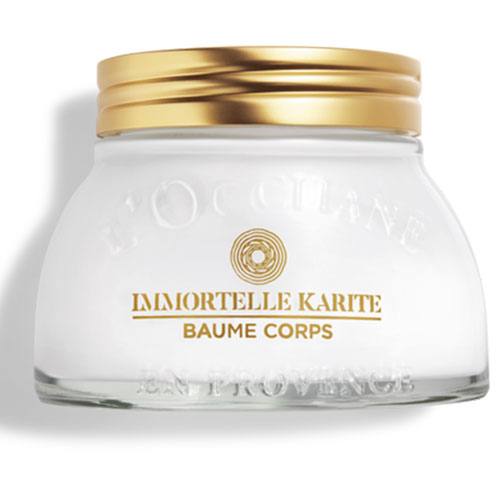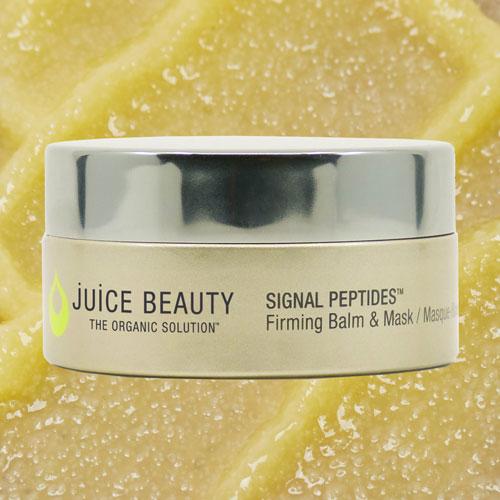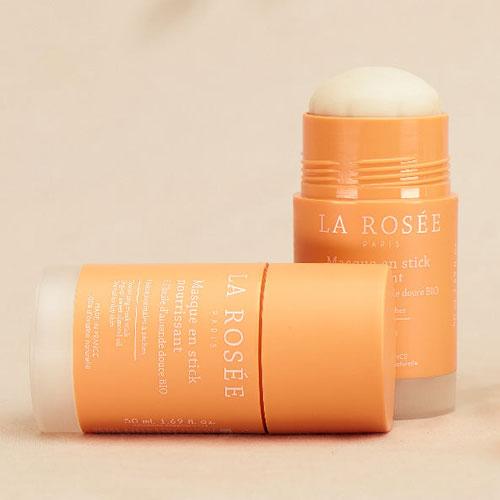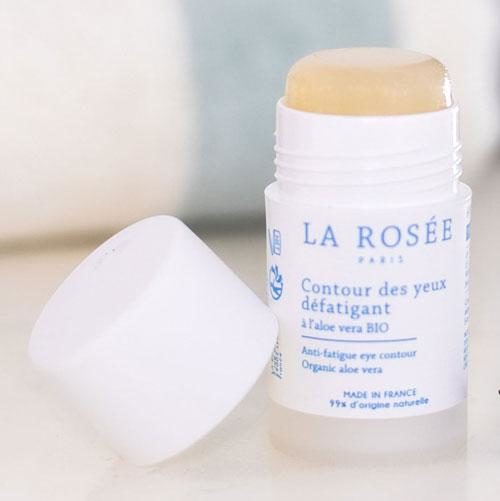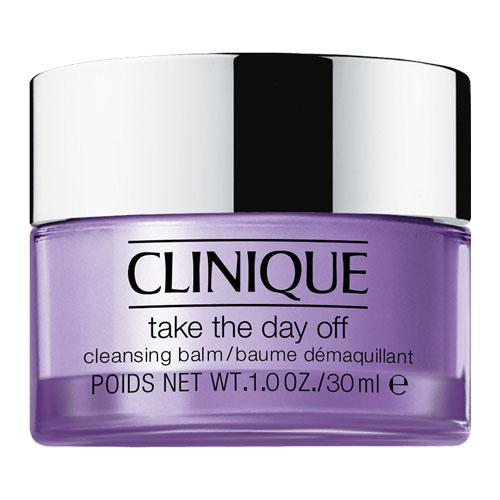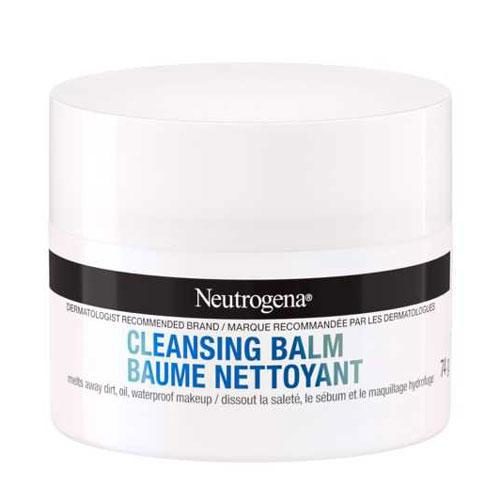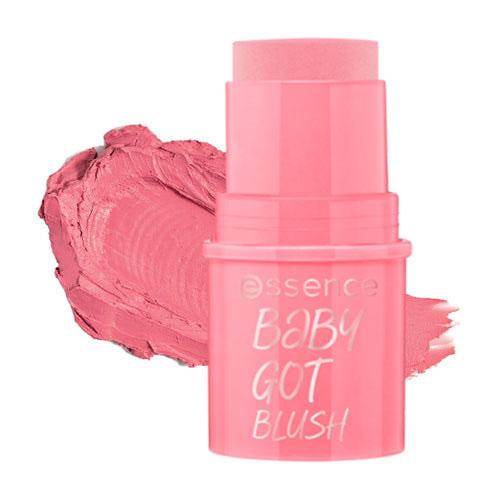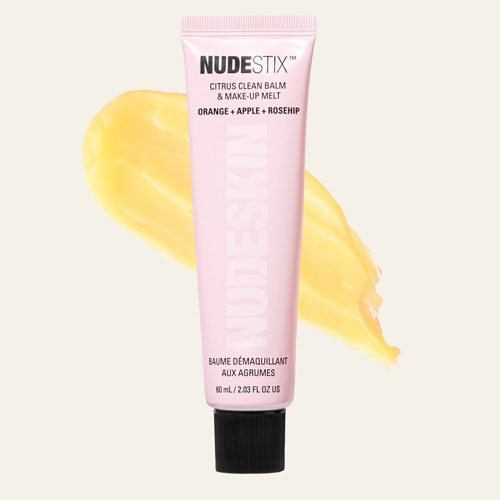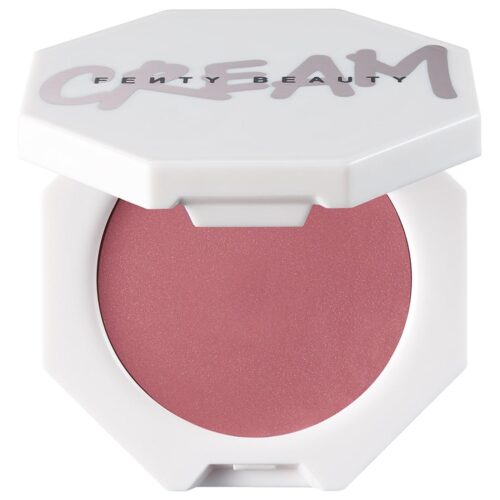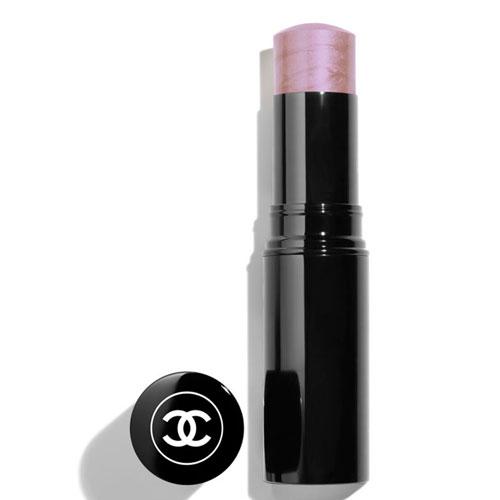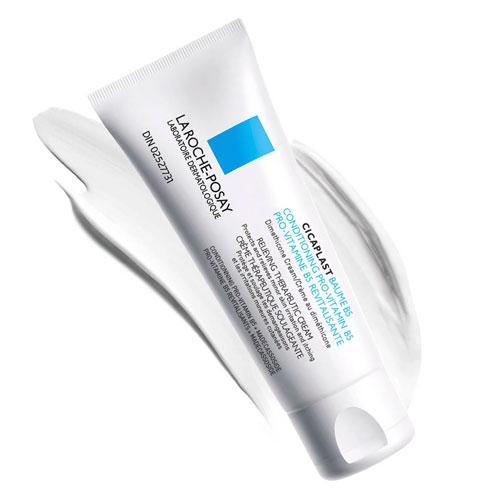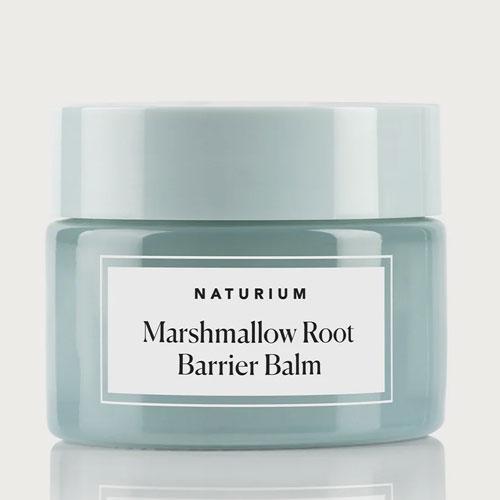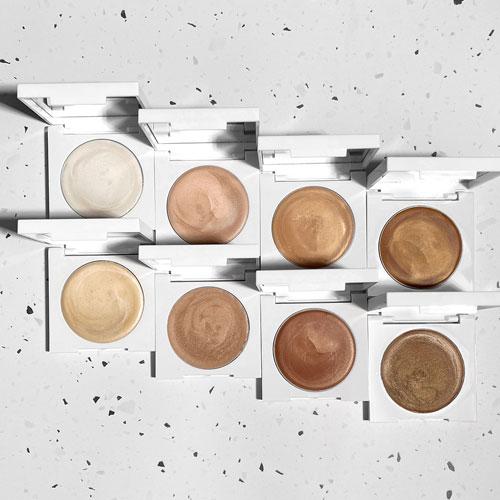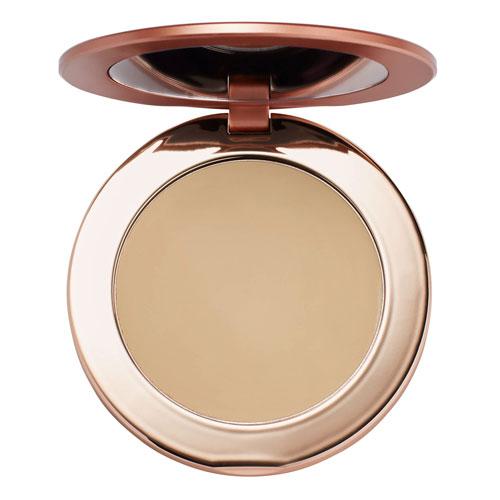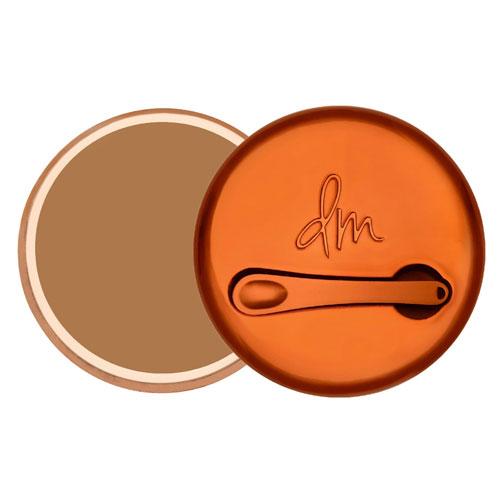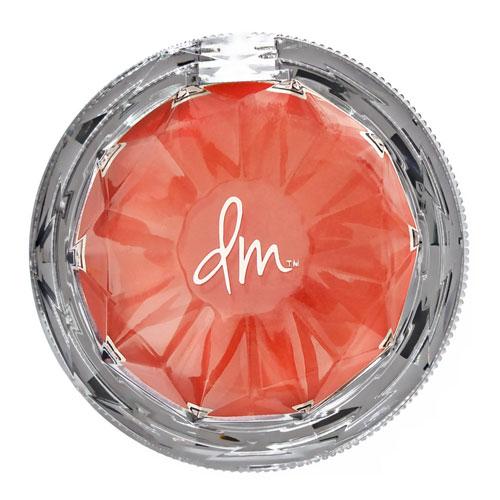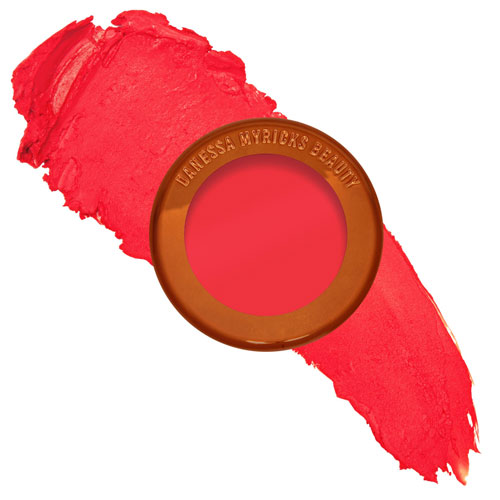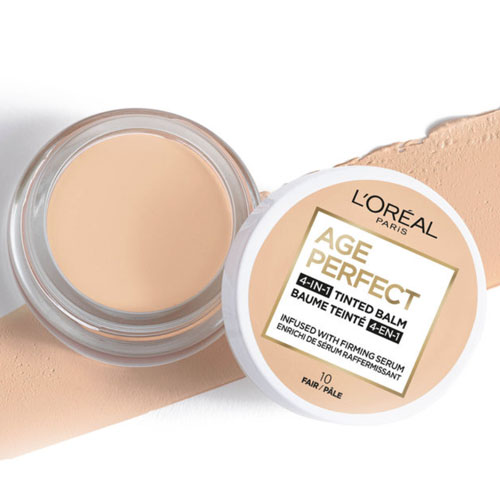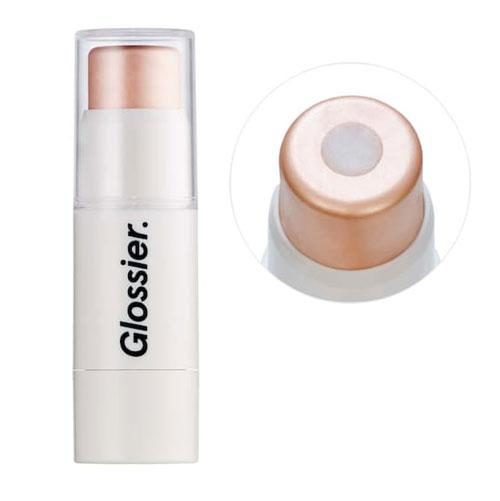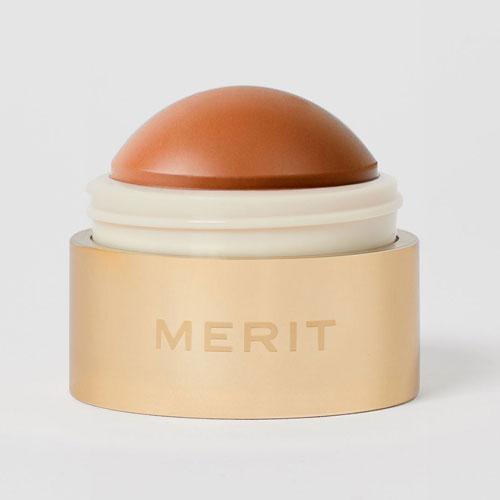My Paris travel companion and I were searching for French pharmacy products we can’t get back home. She wanted to try La Violette, a line designed by Parisienne influencer Violette Serrat. My fingers walked through the shelf at the 4th arrondissement pharmacy, only seeing bottles of liquid skincare. But I looked down and to the left and eyed another French brand that a Canadian beauty journalist had revealed as part of her own beauty haul from Paris: La Rosée, an eco-friendly and natural French line. I beelined it to a hydrating face mask that was in the packaging of what would normally be deodorant. And there were more! A mini push-up stick with an eye balm. I scooped them up, along with a few other French pharmacy must-haves, and headed to the cash.
Skin streaming: The skin care trend your face needs.
Back at home, my vanity is marked by sections of balms. Face balms. Eye balms. Hair balms. Balm blushes and concealers. Even thick greasy pencils for liner, shadows, lipsticks and blush. I have lip balms everywhere, and I use them not just for chapped lips. I’ll use it around my nose when I have a cold, at the tops of my cheeks as a highlighter in the winter, and around my cuticles after a hot shower. Honestly, if I could dip my entire body in a balm, I would.
But not everyone I know appreciates the balm-y prods. A quick poll of my friends, and I instantly hear complaints about heaviness, shine, greasiness, slippage and running makeup and so on. But some are on board for certain products, as it has that “healing” attribute, like how you would apply a balm on a cut before applying a Band-Aid, or for massaging into tight or painful muscles, or even the scent of lemon balm to soothe anxiety.
And it’s here where I discover that some people are annoyed by the skincare and cosmetics industry’s use of the term “balm.”
Ready to set seasonal skin goals? We’ve got strategic fixes for misbehaving skin.
What is a balm?
Despite the enigmatic label on everything – from Chapstick to potted highlighter to The Balm mascara – “balm” actually has a very specific meaning.
“A balm is basically an ointment,” Dr. Roni Munk, a cosmetic dermatologist, based in Montreal. “It’s a thick topical product that is applied to the skin that will give hydration just because of the vehicle that it’s in.” He gives the examples of Vaseline and Aquaphor as the most common example of balms. “A lot of balms also incorporate natural herbs or essential oils, or other ingredients like that. So it’s considered kind of a more natural substance. The question is, is it good for the skin or not?”
I’m usually the one given the “that’s a great question” in interviews, but I’m glad Dr. Munk has prompted this so early in our conversation.
Why dry skin isn’t just a jerk in the winter, but in the summer, spring and fall, too.
Are balms good for the skin?
“It really depends,” says Dr. Munk. “If you’re somebody who has sensitive skin – or you have a skin condition, like acne, eczema, rosacea – then you have to be careful with what you’re applying to your skin, versus somebody with normal skin just looking for hydration.”
Knowing – and understanding – your skin type is super important, he tells me.
Stress may be wrecking your skin – ignore at your peril, docs say.
Do balms work? Who should – and who shouldn’t – use them?
In the broadest terms, there are oily, sensitive, dry and combination-skin skin types. And most skincare products claim to target one or more of these groups.
Let’s cover who shouldn’t use balms.
If you have shiny skin, or even just areas on the face that glisten, then you likely fall into the oily type. Dr. Munk says that balms can be problematic and clog pores and worsen breakouts.
For sensitive types, with those conditions mentioned above, I would’ve thought that the “ointment” would be good. But not so, suggests Dr. Munk: “The skin is very reactive,” he says, pointing to ingredients like plant extracts. “That actually can irritate the skin further and cause further inflammation in the skin, which will then make their underlying conditions worse.”
As for everyone else: “For the average person with no underlying skin issues or somebody with dry skin, balms can be very beneficial because they add hydration and nutrients that can nourish the skin. But if you’re not sure or your skin could be sensitive, “at least consult with a specialist who can guide you as to what you should be using.”
Sun exposure & hyperpigmentation: The negative effects of the sun on your skin.
Balm skin and beauty products worth trying
The best cleansers for every skin type.
The right way to use a balm
Looking at a balm, in the way Dr. Munk would, as a greasy product providing healing hydration, this is how you would use something like Vaseline, Aquaphor, or any other ointment-based product. It should be free of perfume or plant ingredients, he says about choosing an ointment. As long as the skin isn’t an open wound, apply the balm directly on the area you want to treat. Moisture “increases the healing properties and will result in better healing,” he says.
What to add to your beauty routine this spring and summer.
How to use skincare balms
For those who shouldn’t use balms, including oily or sensitive skin types, well, you shouldn’t use this type of product. “Stick to water-based products, very light creams and lotions [that have] a more liquid consistency,” says Dr. Munk. “These are going to be better for you than thicker textured creams.”
If your skin type is acne-prone or even combination with breakouts, balms may not work for you. But, “sometimes just trial and error is the way to go.”
Now, if you’re on the dry side of things, an ointment, balm or rich-texture cream can be added to your skincare routine, he adds. “As a general rule, apply lighter products first to the skin.” Use a balm first, and other products won’t be able to penetrate the skin or be as effective.
- Wash your face.
Makeup removers and cleansers aren’t really balms by their texture, says Dr. Munk, instead by their ability to hydrate the skin. - Use a toner.
A very important but often forgotten about step, this will help to balance out the pH of the skin, he adds. - Apply a serum.
Your skin is ready to absorb effective ingredients like vitamin C at this stage. A serum, thanks to its low viscosity (liquidity), is best applied before other hydration products.
- Moisturize skin.
This is when you want to add your hydrating products, going from lightweight to heavy. So your balm will be the last one, if you use multiple products, like a mask or an eye cream.
- Put on some sunscreen.
SPF acts as a barrier, so you will want this to go last.
Insta-glow! How to get your pre-pandemic glow back in just one hour.
For makeup lovers, Dr. Munk suggests that makeup will be tough to stay put on the skin with a balm, so we’ll cover that soon. Keep on reading!
Side note: Wondering if you should wash your face multiple times a day, say after a workout? The answer is yes, according to Dr. Munk. “The sweat will affect the pH of the skin and that can lead to sensitivity, dehydration, and so forth. If you don’t wash your face post-workout, then you risk breakouts because sweat can block the oil glands and the pores of the face. And that can lead to clogged pores, whiteheads, and blackheads. So, working out is great for health and super important for everybody. From a general skin perspective, washing your skin post-workout is important.”
Yes, you need a facial oil: It’s part beauty booster, part brain booster.
Beauty balms: Are balm-based products better for the skin than regular makeup?
“It’s a lot of marketing,” says Sheri Stroh, a sought-after makeup artist with Plutino Group (see her gorgeous work on Instagram @sheristroh). Her specialty is glowing, dewy skin. “When you hear the word ‘balm,’ it’s soothing, it’s comforting, it will nourish you. … I would think of something balm as greasy, not a lot of pigment, great for dry skin.” Like Dr. Munk, Stroh says to look beyond the bomb balm marketing. Balm doesn’t always mean what we think it does. “It’s such a buzzword right now that totally draws us in.”
She points to different products called balms that offer no healing or soothing properties and there are some that don’t even have a balm texture. “I feel like there’s no real definition anymore,” she says. “From the products I have and I’ve seen, they’re all over the place. There are products that are matte and not sheer or glossy.” Merit’s balm blushes, for example, have impressive pigment. And, Kat Von D’s Good Apple Skin-Perfecting Foundation Balm, comes in 40 full-coverage colours. There’s also mascara and eyeliners from The Balm brand (which launched with Plump Your Pucker lip gloss back in 2004).
“And this is where I get confused with balms,” she says. “Maybe it’s just because it’s a solid, not a liquid.” Stroh, though, is happy to share the balms she loves.
Trinny Woodall visits Canada: Leaves us with comfy style and gorge skin advice.
What’s on makeup artist Sheri Stroh’s radar rn
Recipe: Energizing & skin-loving smoothie
How to apply makeup balms
Known in the Canadian fashion and beauty industry for her healthy skin looks, Stroh is the perfect person to ask for advice on using cosmetic balms.
Like a blurred filter
“It’s great for, if I want to just to blur, a section of pores, like beside the nose,” she says. But balms can be tricky, especially for those who loooooooovvvvvveeeee makeup. “If you’re a beauty hardcore, in that you like full coverage products and powder, you’re probably going to have a hard time using a balm.”
Why? “It’s definitely greasier” than the highly pigmented, full-coverage products you might be used to.
Don’t swipe balms, tap them
Definitely try a balm, whether that’s in a blush, lip, whatever. Stroh recommends tapping it onto your bare skin with a finger.
Let your skin shine; if it’s dull try a balm
“If a model tells me they have oily skin, I’m not probably going to use anything too heavy on them because it will just be a nightmare for me [to maintain] during the shoot,” says Stroh. She also says deep and dark skin tones don’t need a balm because shine shows so easily. “I don’t usually work too hard to get deeper skin tones to be glowy.”
Make your own balm with stuff you already own
On dry skin, “I will use a hydrating balm in sheer to medium coverage,” she says. “I don’t want to use a heavy foundation, like even medium to light. I don’t use a full-coverage foundation for the most part. But I will cut a foundation with a moisturizer.” It’s her way of customizing and creating a skin balm, playing with the amount of coverage needed, as long as the ingredients agree with each other. You can do the same.
“Start off with a very light hand, and then spot conceal where needed instead of a full face of foundation, which, you know, can just cause issues.” She means things like fine lines, and moving makeup.
Céla Glacial mud wrap review: Get ready to get dirty.
Balms are the bomb, for me
Back to my Paris haul, I did buy C’est La Cream by Violette FR, a gorgeous tube with a metal hexagon screw cap. As you already know, I love hydrating products. But I was disappointed by the worst package claim ever! This wasn’t la créme de la créme! It wasn’t even a cream. It was a lotion. And it’s not nearly as hydrating as I had hoped. Back to my balms, I go.

